Backstage with Matthew: Assessing the Risks of Opera
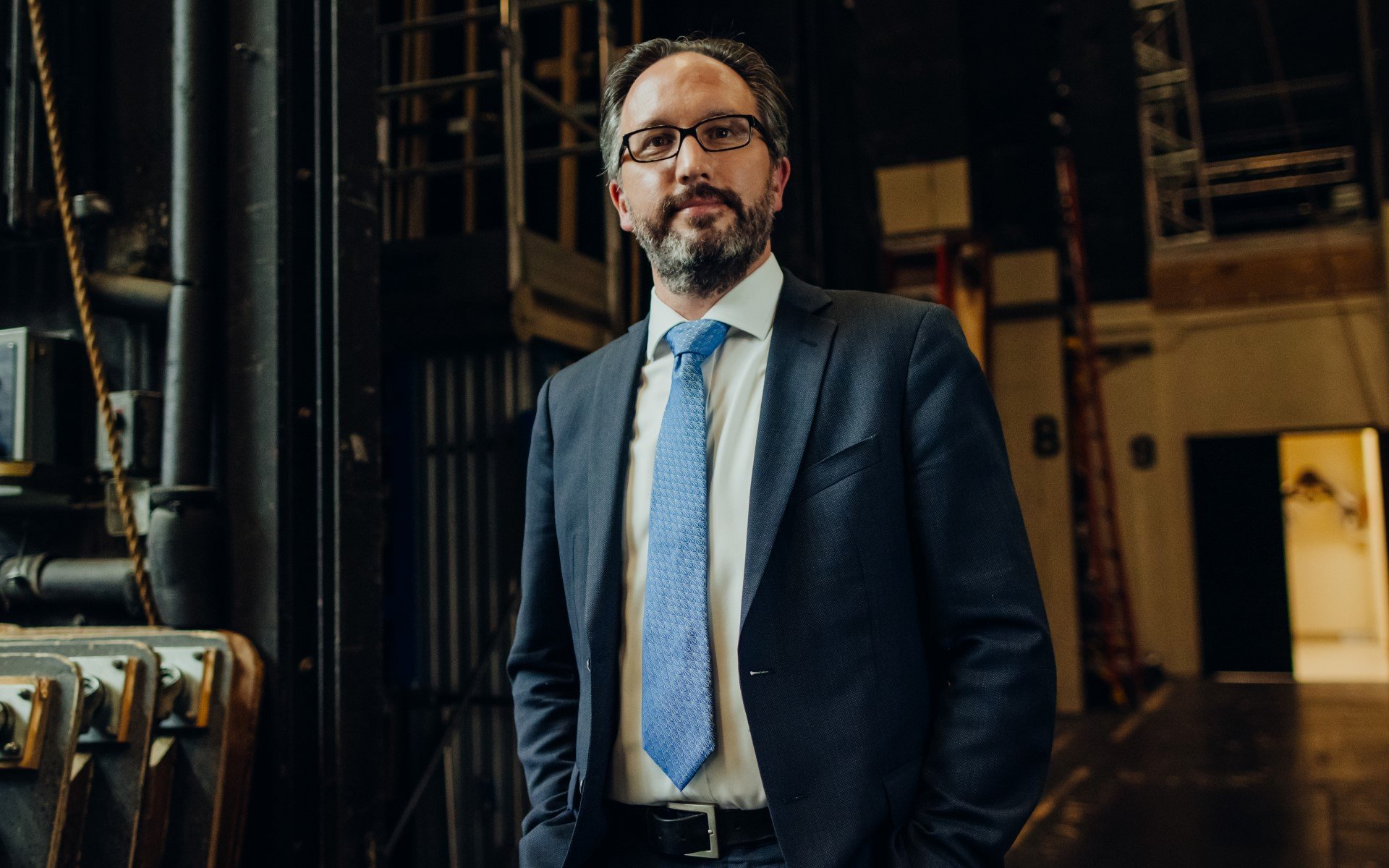
There are many, many elements that needed to come together to make this unique production work, but one absolutely critical element was the agreement to our protocols by the Marin Health Officer, Dr. Matt Willis. His sign-off was predicated on the rigor and the breadth of the protocols as compiled by our Technical and Safety Director, Erik Walstad, and reviewed by our extraordinary team of doctors from UCSF, led by epidemiologist Dr. George Rutherford. As we head into this period of re-emergence, I wanted to give you a sense of the rigor with which we are approaching safety, and how it is defining everything that we do as a company.
Erik is first and foremostly a technical director, meaning that he manages the crews onstage and the technical work needed as our productions move through the Company. You can read more about the work of our technical department in this earlier Backstage with Matthew outlining the build process for our recent Marriage of Figaro.
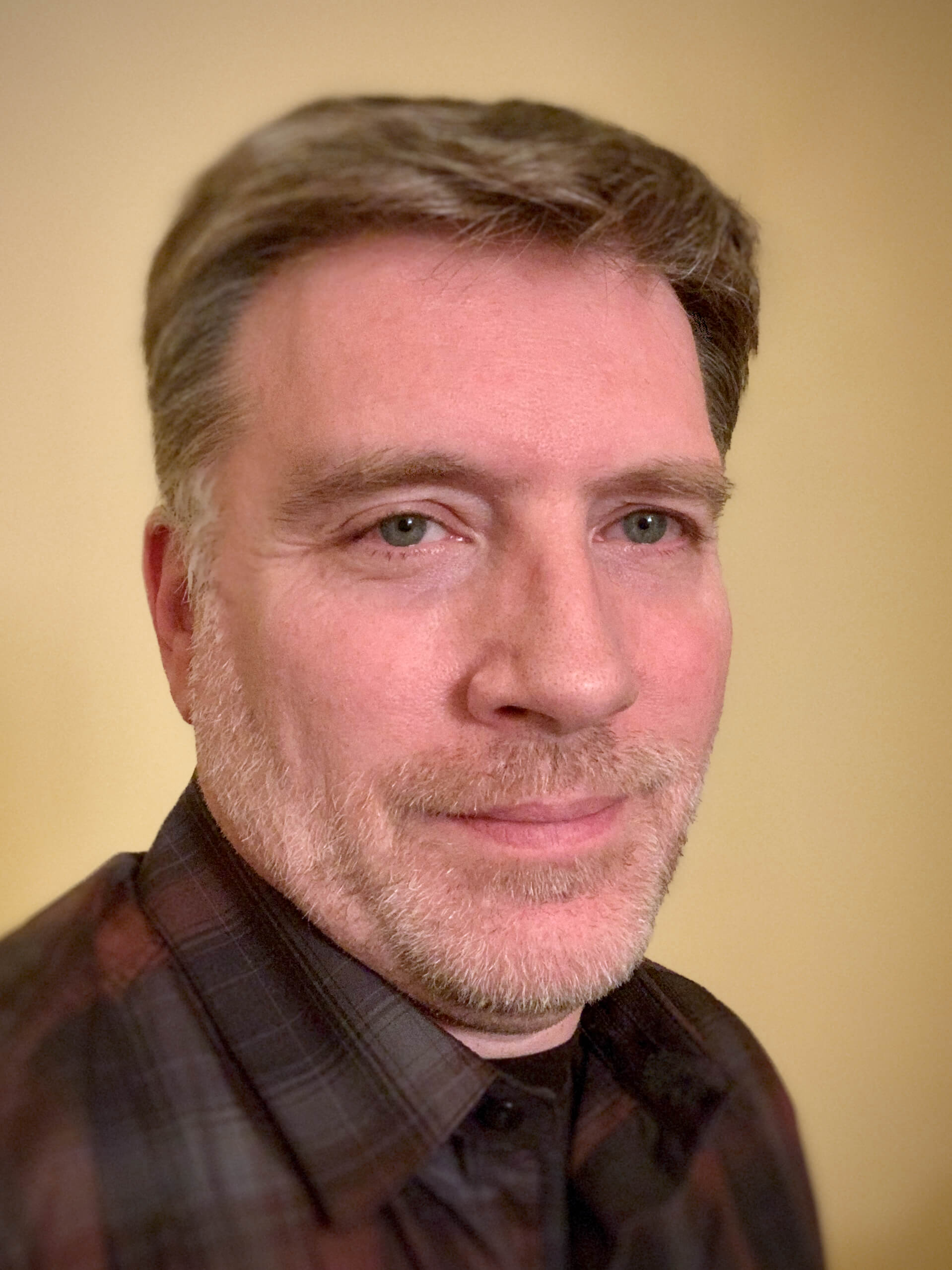
Erik spent a period of time working for Portland Opera before taking a ‘diversion’ from opera at Cirque du Soleil. At Cirque, safety is paramount given all of the extraordinary acrobatics and aerial work. Just about everything that goes onstage has to be analyzed from a risk perspective, assessing and remedying anything that could cause a problem. 20 years ago, that wasn’t happening in the same way in most opera companies but, as opera productions have become larger, more physical, more multi-level, more technical, that same approach to risk assessment has become needed.
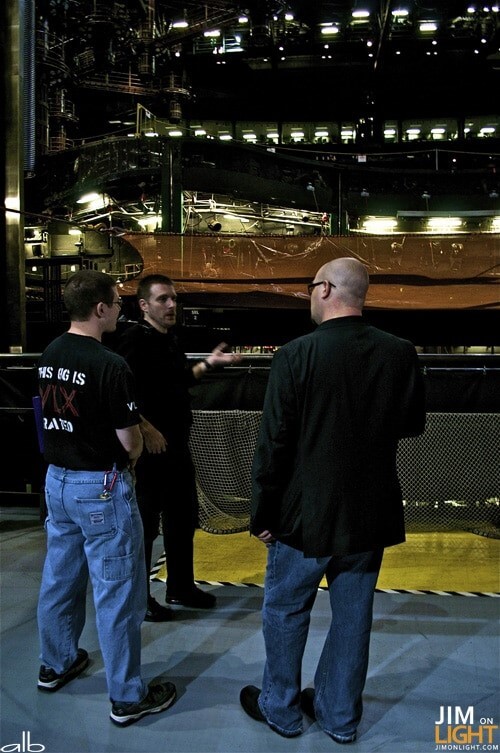
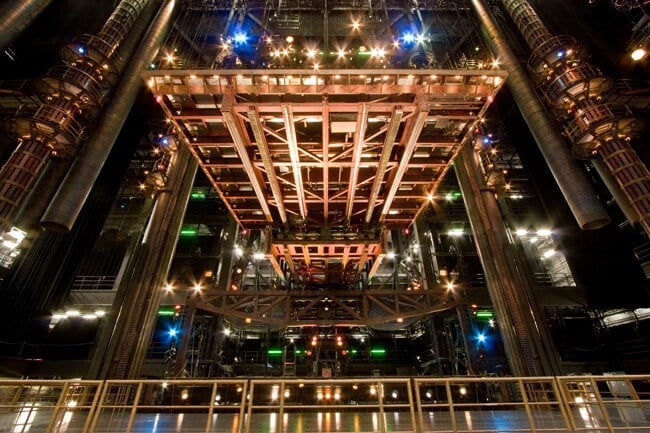
For us at San Francisco Opera, having Erik’s experience blending an operatic background with the safety rigor of Cirque, has allowed us to make huge strides in developing a new level of safety protocols. Working with Managing Director: Production Jen Good, the technical team and the crew heads, Erik has brought the risk assessment approach of Cirque to San Francisco Opera, blending it with approaches from British and European companies where there is a more formalized approach. These assessments apply to everything from standing safely on a raked stage to flying a Valkyrie!
This level of risk assessment has been happening here since Erik joined us in 2013. When the pandemic hit, we were in an excellent place to develop new protocols using the same assessment methodology.
When we had to close operations in mid-March, we were in triage mode, not knowing exactly how long this would be for. We hit our first big COVID risk assessment challenge early on. We were expecting receipt of shipping containers with the scenery of Partenope heading to us through the Panama Canal and due into the Port of Oakland in mid-March. But to take receipt meant cross-loading – removing scenery from the containers used for shipping, and moving the contents to our own trailers for drayage to Modesto and our scenic warehouse. How would we get a crew safely into 7-foot-wide shipping containers when they had to be at least 6 feet apart?
Well, Erik ran the same kind of risk assessment that he always does onstage, incorporating guidance from trucking and shipping companies to ensure that we safely got the Partenope set extracted from the Port and taken to our warehouse in Modesto.
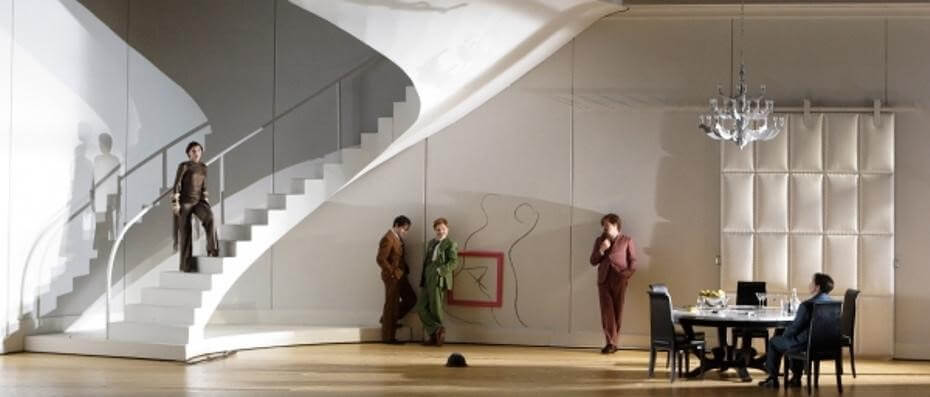
That was just the first step in what has been a year-long effort by Erik to identify, research, and codify areas that need safety assessments, all layering on the very new layer of COVID. Erik and his colleagues have been looking at safety protocol development for such areas as:
- Transportation and warehousing: extending the shipping protocols to how we maneuver scenery when it gets to the warehouse.
- Scene shop building: this was one of the great early success stories for the Opera in the pandemic. Our ability to open our Burlingame scene shop in June was so important, allowing us to build Fidelio and work on other productions.
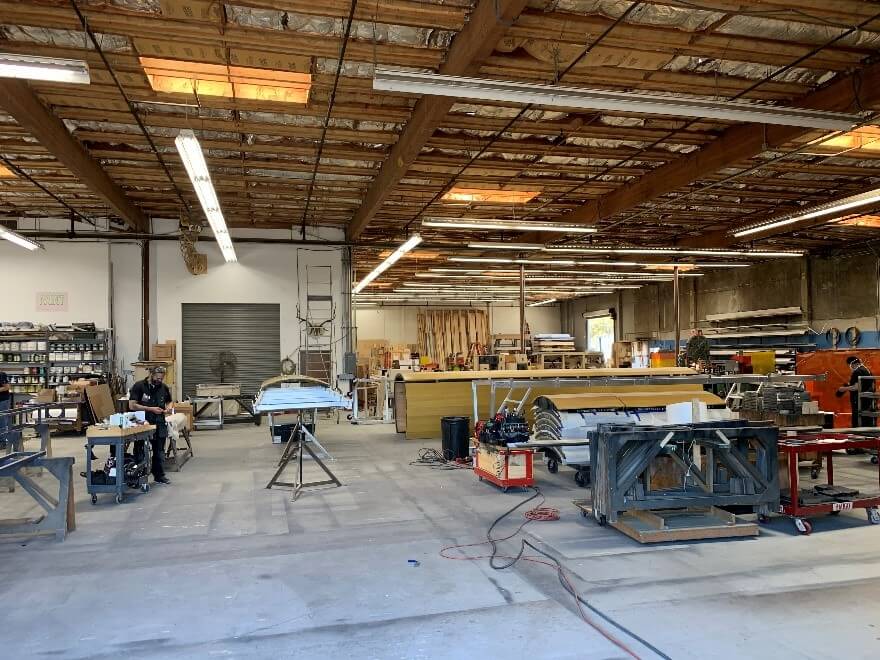
- Costume Shop: using the manufacturing guidelines from San Francisco, we were able to open the Costume Shop around June, creating social distancing pathways and discrete work areas that allowed us to build masks for essential workers and costumes through the second half of 2020.
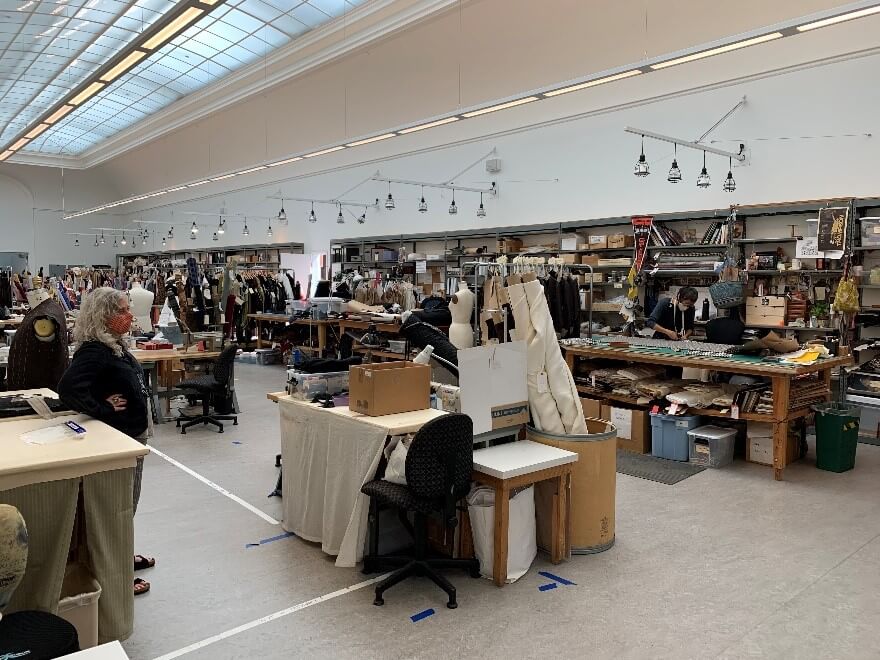
The Costume Shop taped off for socially-distanced areas. - Work in the Opera House: although it became clear that big onstage production work was a longer way off, it was important to find a way to get people back into the Opera House spaces for essential work, whether technical, artistic, or administrative work. Before we could get anyone back into a space we had to assess every aspect of it. Erik and his team began with the dressing rooms and the stage space and kept going — conference rooms, offices, elevators, the prop shop, the fly tower, etc.
In total Erik assessed 318 spaces across all of the Opera’s facilities, defining modified occupancy schedules, timetables for use, air-flow, cleaning protocols, traffic protocols (how you get in and out of the space). Many spaces have clear signage that indicates occupancy limits and other required information, while all of this is then stored in a database that allows us to manage the usage of the buildings.
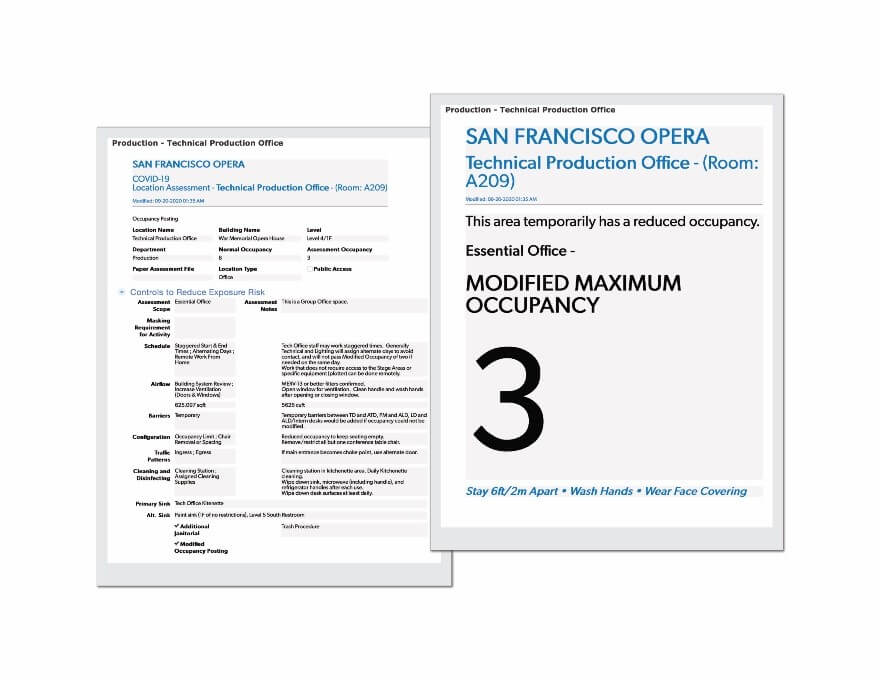
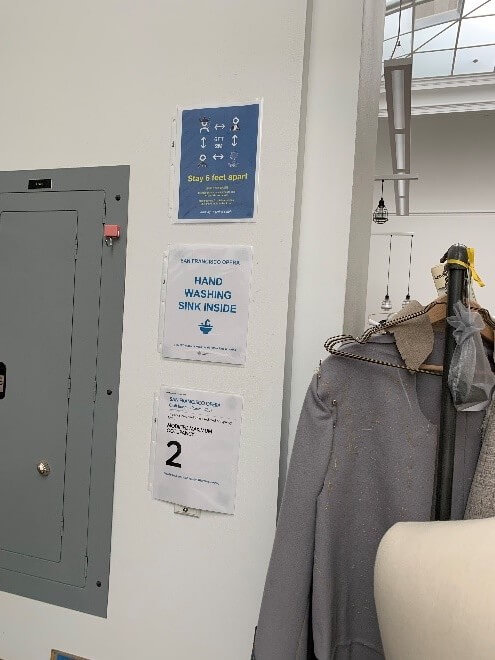
Having this information also allowed for the mapping of our facilities, critical for determining things like cubic volume (necessary for air-flow evaluations). After assessing every square inch of the Opera House, Wilsey Center, Scene Shop and Warehouse, Erik and Chris Largent, our Associate Technical Director, created these color maps from which much information can then be auto calculated using Computer Aided Design software.
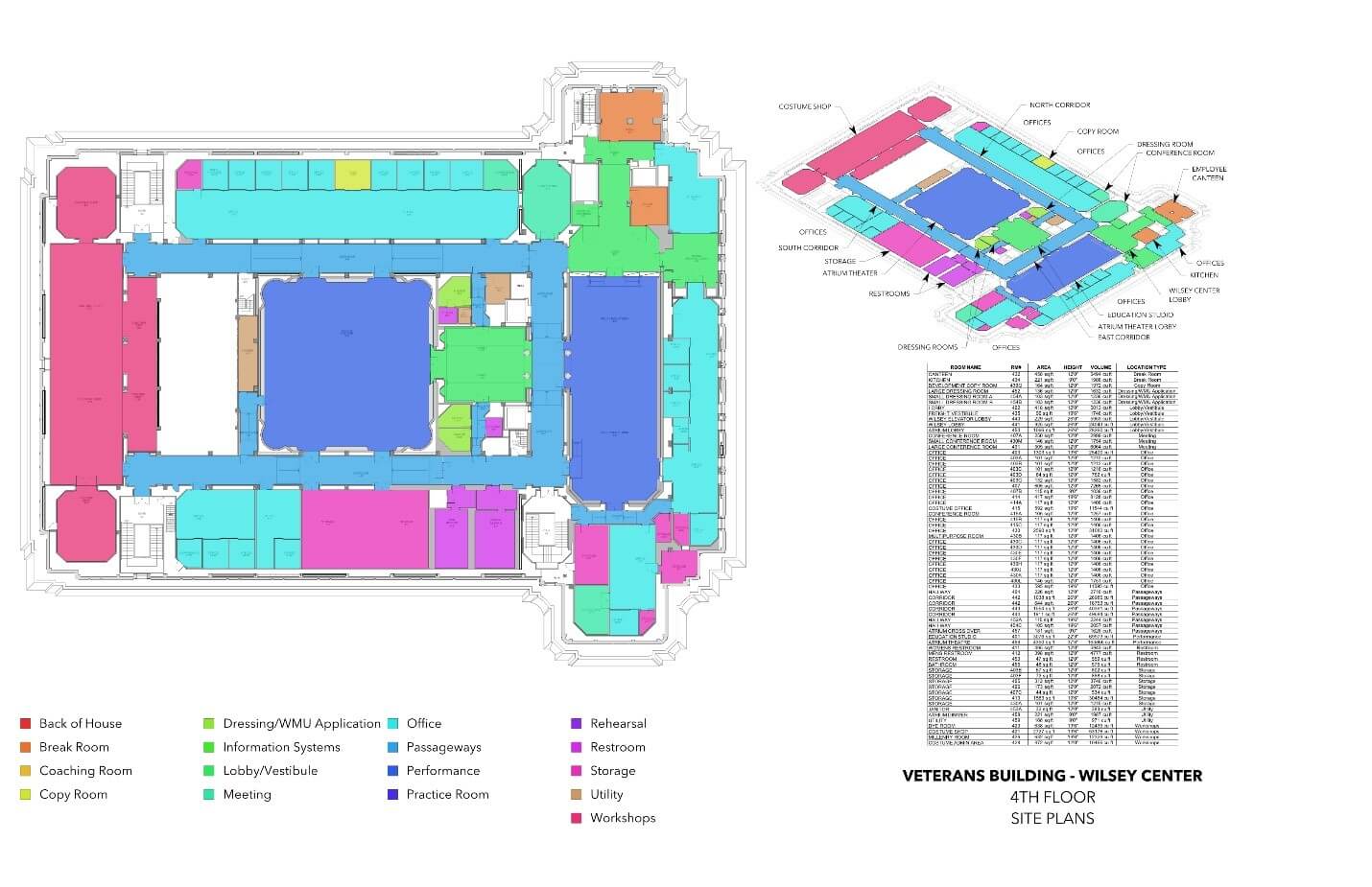
Erik and Chris had the Opera House codified by May and then moved onto the Veterans Building, so that they could submit protocols to the City for our recording processes over the summer.
As protocols came into place, a critical part of the process for us has been the partnership of our six UCSF doctors, headed by Dr. George Rutherford and including Drs. Mark Almond, Peter Chin-Hong, Robert Harrison, Sânziana Roman, and Clark Rosen. The wisdom, experience, and problem solving they have brought to us has been unbelievable. They have met with Erik on a weekly basis since July 4 last year, with the exception of two weeks over Christmas. Given surgery schedules they meet at 7am every Monday morning! I’ve been to some of the meetings and the level of dedication to getting the Opera back to performance is extraordinary. The doctors are always looking for the risk — where is the one gap in the protocol that needs to be tightened up? Where is there a risk we’re not thinking about? Erik will bounce ideas off them and they provide feedback based on their expert experience. It’s a very iterative process.
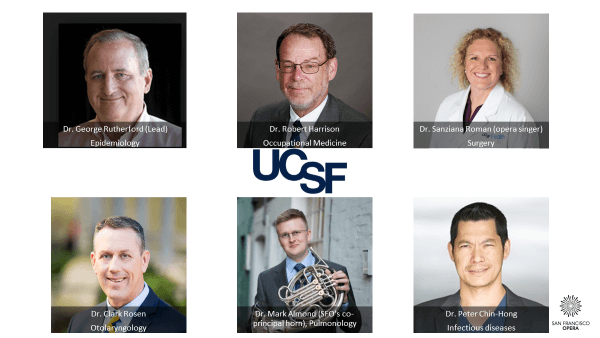
The relationship with occupational medicine has been particularly important for Erik, because it cuts to the core of his work in risk assessment onstage. Erik works very closely with Dr. Robert Harrison, the founder of UCSF’s Occupational Health Services. In fact, Dr. Harrison has brought his occupational health interns to a site visit at the Opera, to share how we were working through COVID challenges.
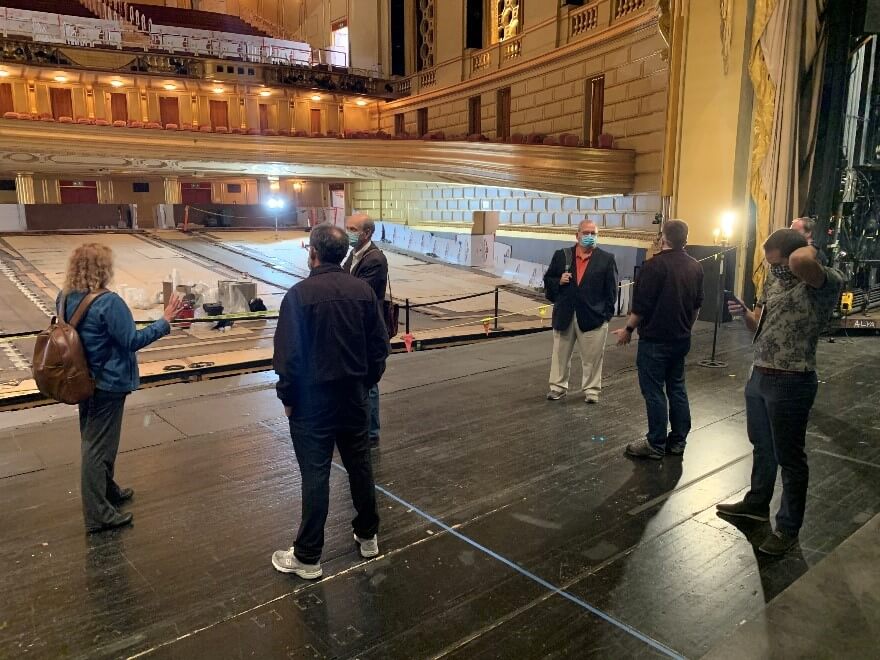
Now that we have this amazing relationship with UCSF, we’re eager to continue it once we get back to the stage, always looking to improve safety protocols for all aspects of our work including fall protection, harnesses, etc.
So, how does all of this manifest for our Barber of Seville? Well, several weeks ago we presented a protocol document to Dr. Matt Willis, the Health Officer of Marin. This 30-page document pulls in many of the protocol areas developed over the course of the last year and was put together by Erik with inputs from the Production Department, and reviewed in great detail by our UCSF doctors. It brings in more universal protocols around social distancing and hygiene, but it also has site-specific protocols given the outdoor nature of the work, the use of heavy equipment to create the stage space and the support infrastructure, and industry-reviewed guidance around proximity of performers, orchestra, crew members etc.
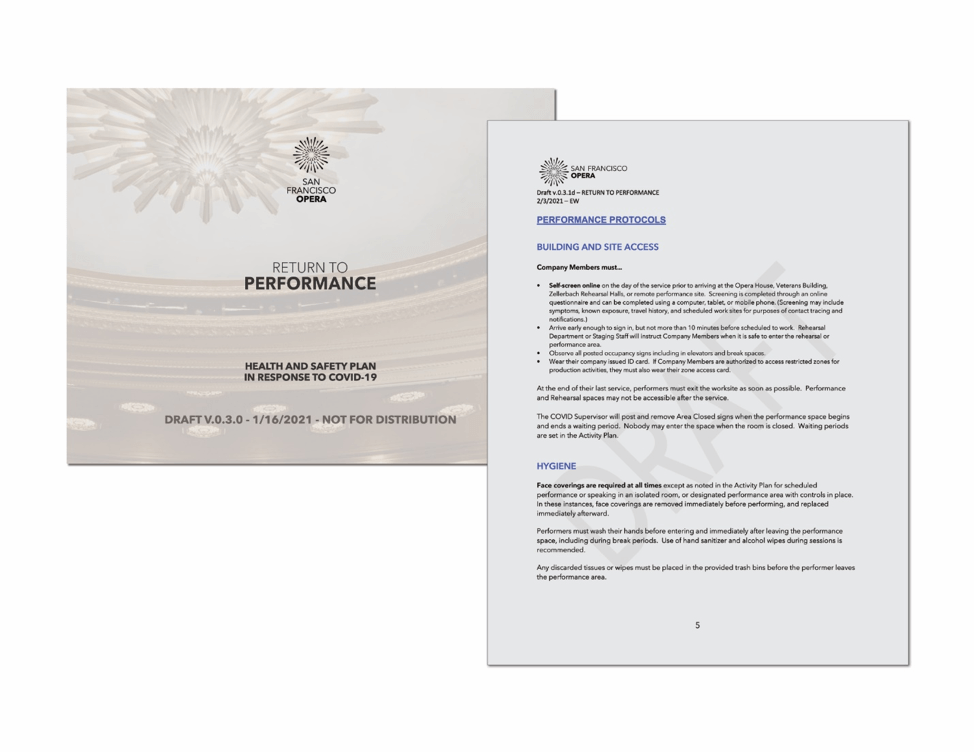
All of the work last year, including mapping out every inch of the Opera House, was critical for this. Even though we won’t be in the Opera House, Erik was able to utilize the techniques he’d developed to allow him to quickly assess these new venues. How we get in and out of spaces (one way foot traffic), how we keep groups apart, how we test. It is a hugely complex process and undertaking, but one grounded at every step of the way by very strict protocols. And all of this within less than a 12-week period from conception through to execution! Dr. Willis reviewed the document in depth, and we had time together where he asked some very pertinent questions and made a few requests for adjustments. The collaboration and collegiality have been exceptional.
I am profoundly grateful to Erik for his tireless work this last year, and for all of the work that is to come as we prepare to return to the stage for live performances. The foundation is now laid deep, and although each new setting will require new protocols, the techniques, learnings, and problem-solving that Erik and the UCSF doctors have already done will allow us to navigate the return to the stage with confidence.
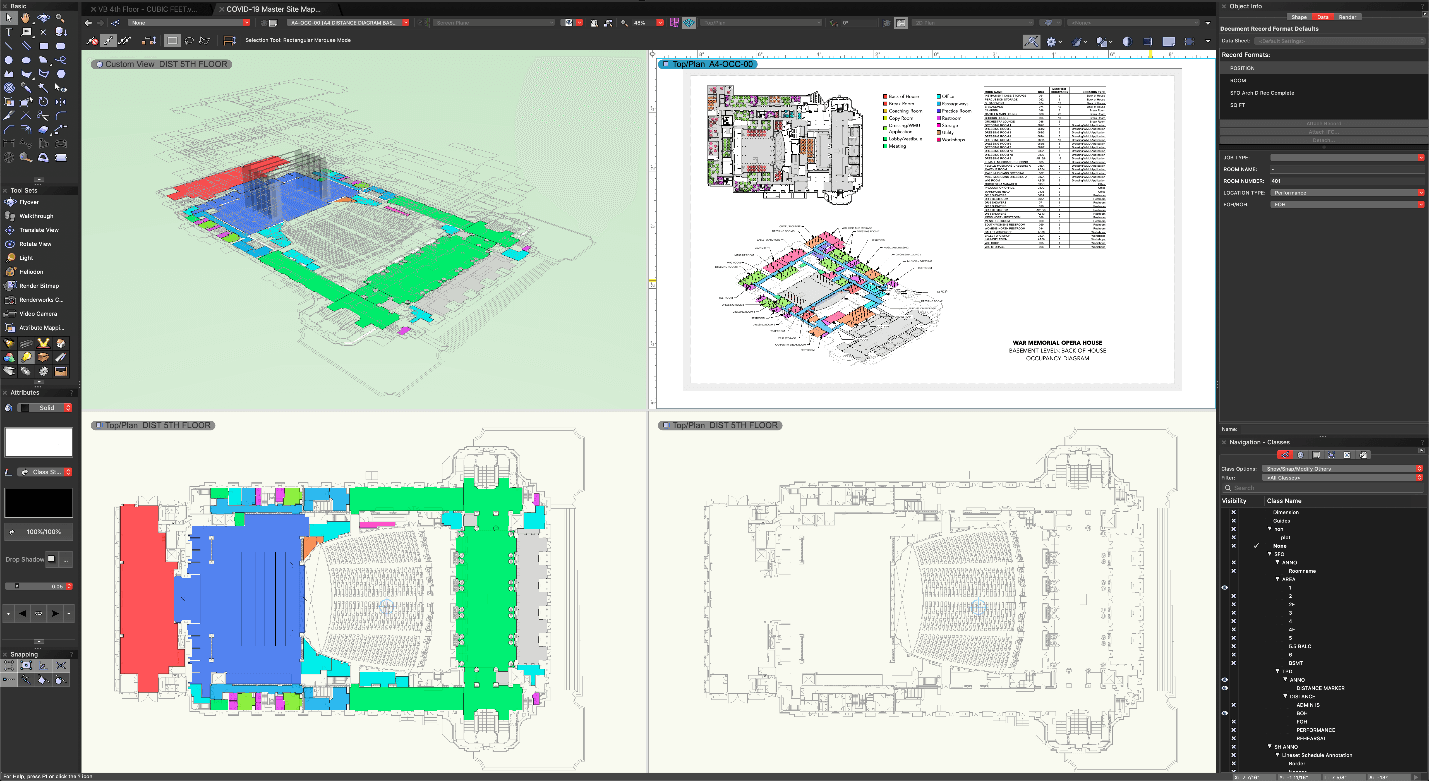
The opening of Barber on April 23 at the Marin Center will only be possible because of the risk assessments and the safety protocols that Erik and our production department have put together. These frameworks have allowed us to return to live performance, and those performances will be even more glorious for the herculean efforts that have gone into making them happen in the safest way possible. I can’t wait to share in that with you, and I’m so grateful to Erik for the tireless work and rigor he has put into every aspect of our safety work.

